Astronomers have detected a powerful coronal mass ejection—a rapid stream of plasma—from a star other than our Sun for the first time. However, this discovery is not good news for the search for extraterrestrial life.
The results of a new study show that an incredibly powerful burst observed from a dwarf star was so powerful that it could completely destroy the atmosphere of any nearby Earth-like planet.
The scientists made the discovery using data obtained from the European LOFAR radio telescope network, which has been used since 2016 to observe the most extreme phenomena in the Universe, such as black holes emitting stable radio waves.
The researchers discovered that on May 16, 2016, a sudden and extremely intense ejection was detected, lasting about one minute. Its source was the red dwarf star StKM 1-1262, located more than 133 light-years from Earth.
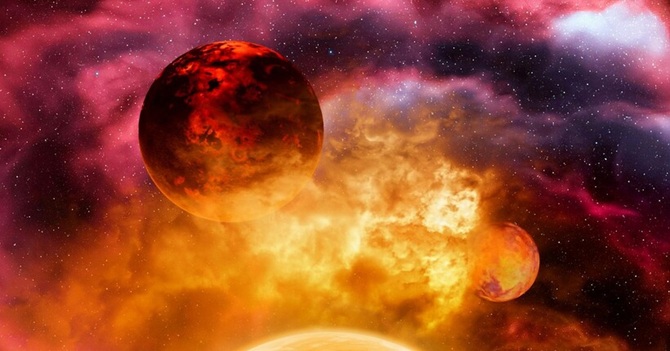
This ejection was characterized by high density and energy, enough to “blow away” the atmosphere of any nearby planet. The plasma was traveling at a speed of approximately 5.4 million miles per hour (approximately 2,400 km/s). For comparison, this is approximately 3,500 times faster than a Lockheed Martin F-16 fighter jet. Such a speed is observed in only one in two thousand solar-mass coronal mass ejections.
The discovery could impact the future search for potentially habitable worlds beyond our solar system.
Red dwarfs, whose mass is only 10-50% that of the Sun, have long been considered the most promising stars for searching for planets comparable in size to Earth. They are extremely abundant in the Universe, and planets around them are easier to find: due to their relatively small size, orbits form closer together, making observations easier. However, there’s a significant problem. For a planet to be considered habitable, it must be located in the so-called habitable zone—the region around a star where temperatures allow liquid water to exist. But if the star at the center of this zone is overly active and frequently emits powerful coronal mass ejections, then even an ideal location in the “Goldilocks zone” won’t save the planet from losing its atmosphere. Without it, life as we know it cannot exist.
As a reminder, NASA has discovered the first “upside-down” planet.
To be continued…
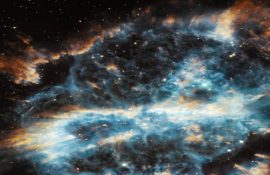
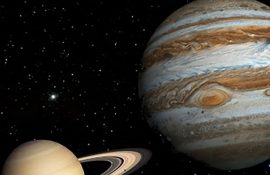


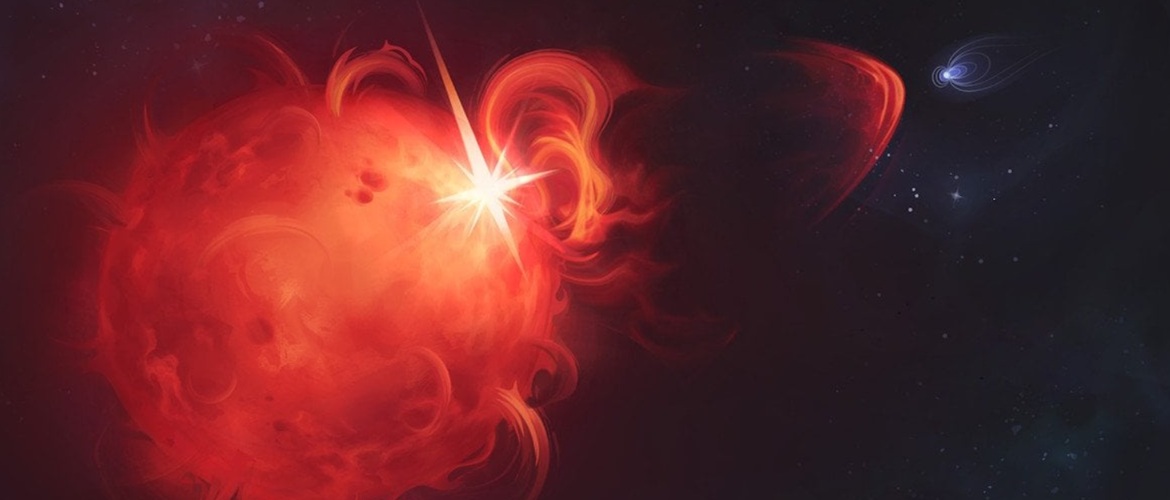
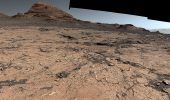

Only registered users can leave comments